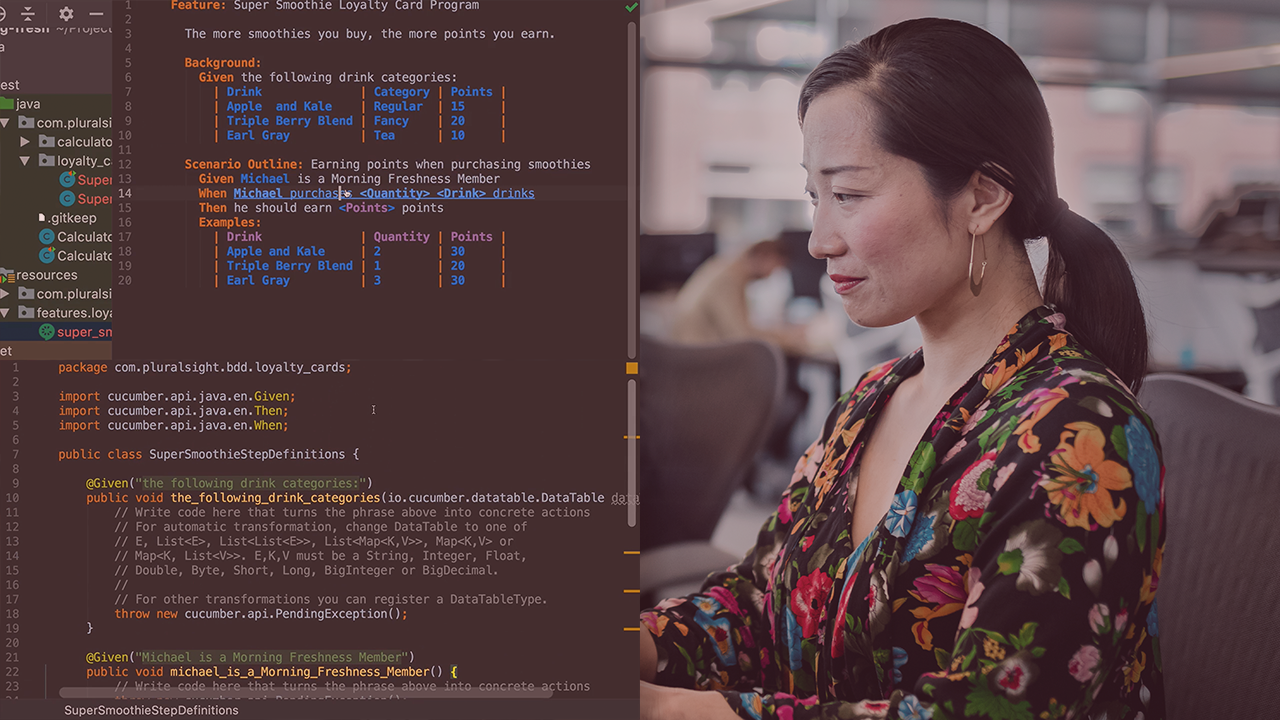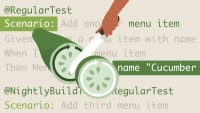Description
In this course, you will :
- Learn how to use behavior-driven development (BDD) to define clear, unambiguous requirements and convert them into automated acceptance tests.
- Investigate the BDD requirements discovery process and how it enables teams to deliver higher-quality features faster.
- Learn how to define requirements and acceptance criteria in Gherkin, Cucumber's programming language.
- Explore how these requirements can be converted into automated acceptance tests using Cucumber and Java, and how these tests not only verify the behaviour of your application but also document what each feature does.
Syllabus :
1. Overview of Behavior-driven Development and Cucumber
- The BDD Process
- What Is Gherkin?
2. Building a Shared Understanding: BDD Requirements Discovery
- Discovering the Requirements, BDD Style
- Can You Give Me an Example?
- Example Mapping and Feature Mapping
3. Your First Cucumber JVM Project
- Environment Prerequisites
- Dependencies and Project Structure
- Your First Cucumber Test
4. Introduction to the Gherkin Language: The Given-When-Then Notation
- Organizing Features and Scenarios
- Data Tables
- Scenario Outlines
- Demo: Working with Feature Files
5.Glue Code: Automating Scenarios
- Test Runner Classes
- Glue Code: Cucumber Expressions
- Glue Code: Regular Expressions
- Glue Code: Working with Tables
- Demo: Writing Glue Code
- Demo: Implementing Step Definition Methods
- Demo: Implementing Step Definition Methods (Part 2)
6. Producing Living Documentation Reports with Cucumber and Serenity BDD
- Writing Good Living Documentation
- Feature and Scenario Names
- Feature and Scenario Descriptions
- Living Documentation with Serenity BDD









